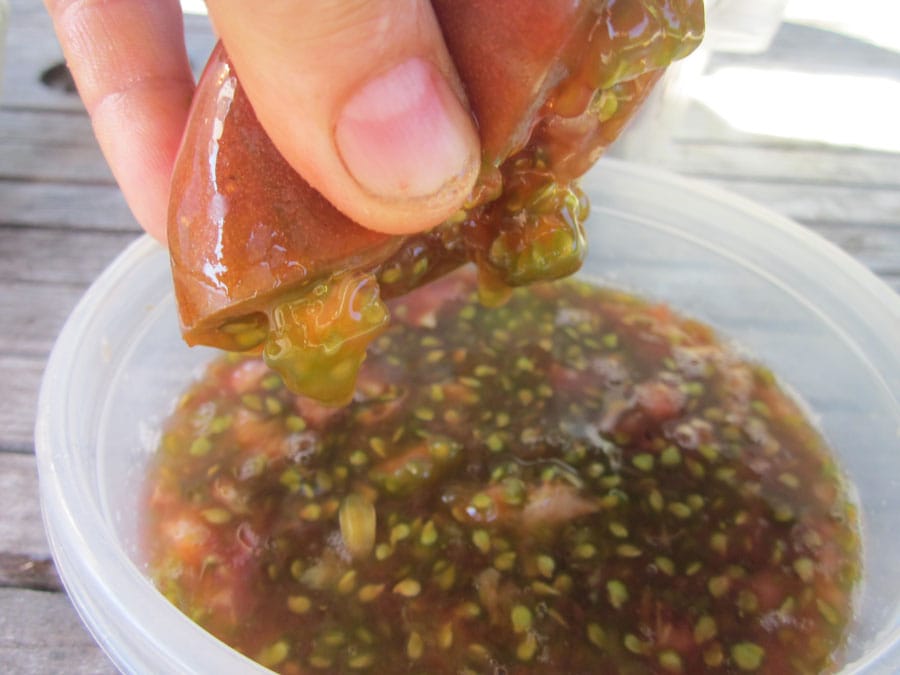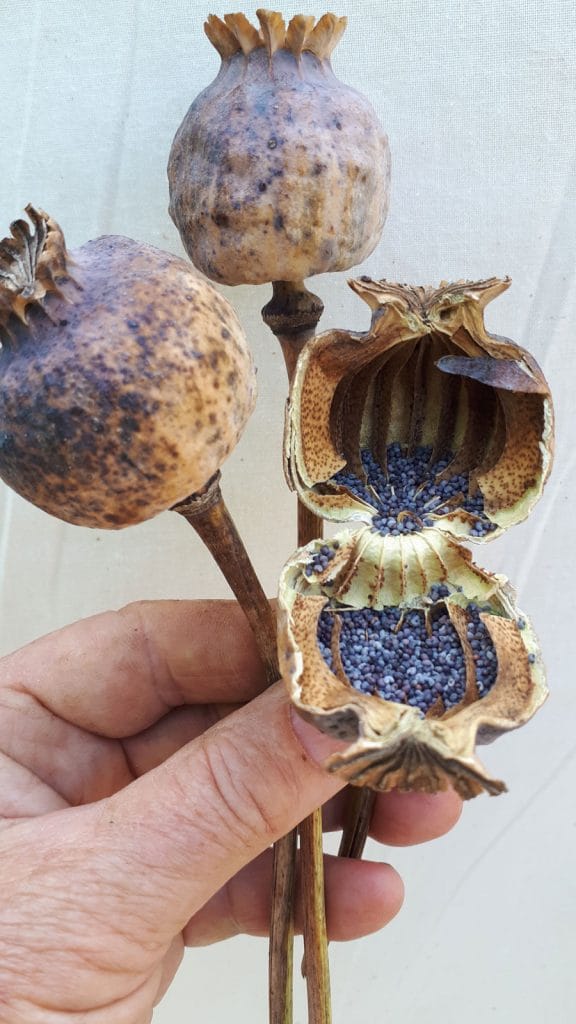WELLINGTON COUNTY – With autumn approaching, the weather is cooling and flower and vegetable gardens are starting to wither and wilt.
But that doesn’t mean the garden has nothing left to give.
Beneath browning petals and inside over-ripe fruits are seeds filled with potential for the plants to live on.
Saving seeds can deepen a gardener’s connection to the cycle of life, save money, and improve next year’s yield.
Erin seed librarian Jen Edwards said seed prices have increased since gardening became more popular during the pandemic, but there’s no need to buy seeds already growing in the garden.
“The more involved you are with your garden, the better you will feel about what you are eating – stuff you grew yourself!” Edwards said.
“As soon as you start looking for seeds you will find them everywhere,” she added.
Farmer and owner of Hawthorn Farm Organic Seeds Kim Delaney said “if you practice a few seed saving steps you can plant them the next year and they will come through.”
Hawthorn Farm is a certified organic seed company with farms in Palmerston and Mount Forest.
Delaney said Hawthorn is one of a growing number of seed companies that grows their own seeds – most repackage seeds grown elsewhere.
Delaney has a background in restoration ecology and restoring tallgrass prairies.
“I learned a lot about saving seeds doing that work.”
Beans
Edwards said saving beans for seed is easy, there are many varieties, and the seeds are beautiful.
“Orca beans have black and white seeds that are really pretty,” she said. Cranberry beans are beautiful too – the seeds look like cranberries, she added.
To harvest bean seeds just leave the pods on the plant until they turn brown, then open up the pods and let the beans inside dry out completely before storing for winter.
Flowers
Flower heads are full of mature seeds once the petals drop and the middle browns.
Edwards recommends picking these mature flower seeds during warm afternoons – not when it’s raining or early in the morning when things are still dewey, as then drying the seeds will be more difficult.
‘The most promiscuous vegetable’
Delaney’s favourites to save are squash, melon, and cucumbers. Saving seeds from these plants is more complicated because they are crossers, so each plant needs to cross with another plant of the same species to produce reliable seeds.
Beans, peas, and tomatoes on the other hand are selfers that can pollinate themselves,
“Squash will cross pollinate with everything – it’s the most promiscuous vegetable,” Edwards said.
Winter squash like acorn and spaghetti squash can cross pollinate with one another, pumpkins, gourds, zucchini and yellow squash.
Plants grown from cross-pollinated seeds produce strange, often inedible fruits with characteristics from both the plant the seed was harvested from and the plant that cross pollinated from it – such as a cross between a pumpkin and a zucchini.
To harvest reliable seeds from crossers the plants must be isolated during pollination.
Edwards recommends pollinating one squash flower by hand in early morning when the flower first opens. Then close the flower up with an elastic band so that insects are not able to pollinate it.
“If you don’t then it’s probably going to cross with everything around you,” Edwards said.
And not just what’s growing in your own garden, as pollinators like bees can fly long distances.
If a squash has been isolated the seeds can be harvested to grow plants next year.
Edwards recommends patience before collecting seeds. “When it’s old and probably not going to taste good anymore – been on the vine as long as it can – that’s when you are picking for seeds.”
Tomatoes

Gooey seeds – After harvesting seeds from plants such as squash and tomatoes, it’s important to “get the goo off of them,” Edwards said, washing them thoroughly under water and then leaving them out on a paper towel to dry completely.
“Tomato seeds are very reliable,” Edwards said, with high germination rates.
Delaney notes cross pollination is possible, but can be avoided by planting different varieties at least 10 feet apart.
If different varieties of tomatoes are planted together, “that doesn’t mean you can’t save the seed,” Delaney said, “it just means you aren’t necessarily going to get what you think you are going to get,” as the seeds will grow into plants with characteristics from both parents.
Edwards said its best to harvest tomato seeds when the fruit is so over-ripe that it’s falling apart, as that’s when the seeds are most mature.
After washing the seeds, leave them on paper towel to dry, she recommends, noting there’s no need to remove them from the paper before storing. When it’s time to plant, separate the seeds by ripping the paper and plant the seeds with the paper attached, Edwards advises.
Preservation
The key to preserving seeds is to ensure they are fully dry, as any moisture creates risk of mould.
Dry seeds can be stored in labeled envelopes, paper bags, Ziploc bags, or glass jars, Edwards said.
Good conditions for storing are opposite from good growing conditions. To grow, seeds need warmth, light and moisture – for storage, they need cool, dark, and dry.
Though storing time varies for different varieties of seeds, most can be kept for about five years in the right conditions.
Onions, carrots, and parsnip have shorter shelf life than that, but Delaney said some seeds can be stored for up to 10 years.
Sharing seeds

Poppies, above, and chives, below – There’s no need to wash dry seeds from flowers and beans.
Plants produce more seeds than most gardeners have room to grow, leading many to share seeds with family, friends, neighbours.
Seeds can also be donated to local seed libraries such as the Erin Seed Library or Wellington County Seed Library.
Edwards said Wellington County is working on putting a seed library within each of their library branches.
For information about the Wellington seed library visit wellington.ca/en/discover/seed-library.aspx.



